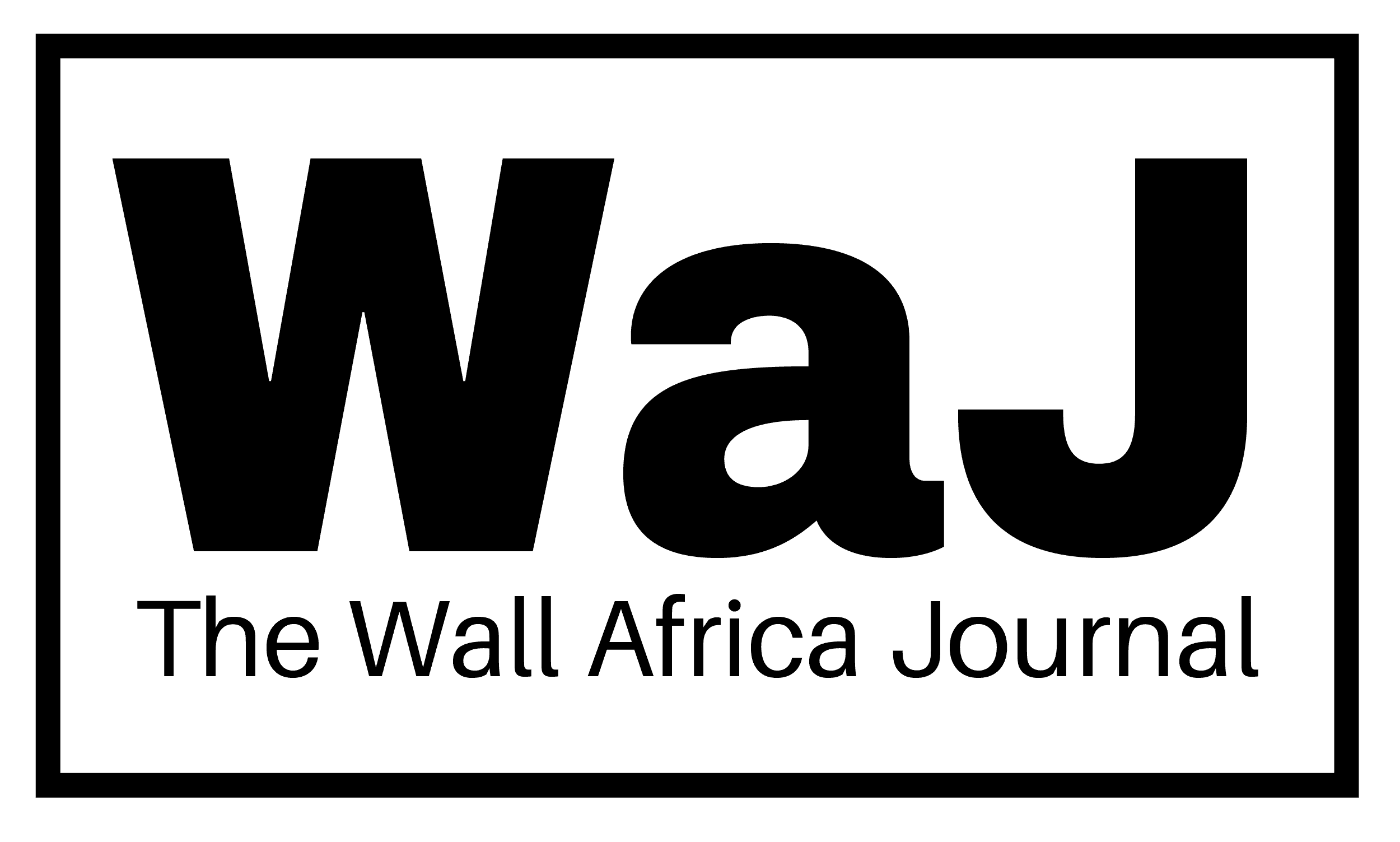Botswana Diamonds has applied for 11 prospecting licenses after its AI-driven exploration program identified new mineral-rich areas. The licenses cover 7,322 square kilometers and mark an important shift beyond the company’s focus on diamonds.
The AI program, initially designed for diamond exploration, revealed deposits of copper, silver, cobalt, gold, nickel, zinc, and platinum group metals (PGMs). These findings prompted Botswana Diamonds to broaden its search. The licenses focus on five mineralization types: Besshi-type deposits rich in copper, greenstone formations containing copper and nickel, and sedimentary exhalative deposits with lead, zinc, and silver. The company is also targeting Mississippi Valley-type (MVT) deposits for lead and zinc, as well as ultramafic formations containing PGMs.
Chairman John Teeling described the discovery as a major breakthrough. “Our AI-powered program started with diamonds, but the data uncovered new mineral targets. We expanded our search to include copper, cobalt, zinc, and gold. As a result, we applied for 11 prospecting licenses, and I am pleased to confirm that our applications have been accepted.”
The demand for critical minerals is rising worldwide, especially for renewable energy and technology. This makes Botswana’s new exploration efforts even more valuable. By expanding beyond diamonds, the country is strengthening its position as a growing mining hub in Africa.
This announcement has been approved by James Campbell, Managing Director of Botswana Diamonds. A geologist with 38 years of experience, Campbell is a Fellow of the Geological Society of South Africa and the Southern African Institute of Mining and Metallurgy. His support highlights the significance of the company’s findings.
Botswana Diamonds’ shift toward AI-driven exploration signals a new era for the country’s mining sector. With advanced technology, mineral discovery is now faster, more efficient, and more sustainable.


